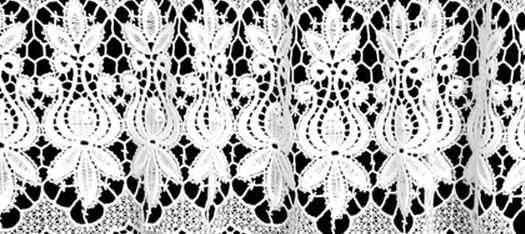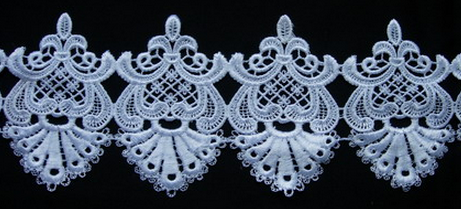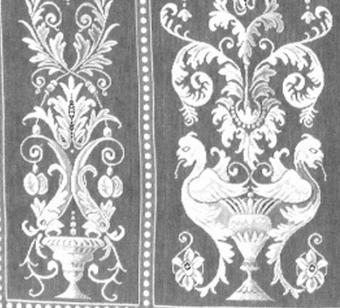It is known that the human brain is strongly disposed to distinguish, to recognize and to read faces – and even to construct them out of whole cloth.
Carl Sagan famously writes:
We’re mammals, and parental care of the young is essential for the continuance of the hereditary lines. The parent smiles at the child, the child smiles back, and a bond is forged or strengthened. As soon as the infant can see, it recognizes faces, and we now know that this skill is hardwired in our brains. Those infants who a million years ago were unable to recognize a face smiled back less, were less likely to win the hearts of their parents, and less likely to prosper. These days, nearly every infant is quick to identify a human face … . As an inadvertent side effect, the pattern-recognition machinery in our brains is so efficient in extracting a face from a clutter of other detail that we sometimes see faces where there are none.
Therefore, given the strong and adaptive tendencies of our mental equipment, the faces we see in things – sudden or insidious – are not so easily to be dismissed. They are made to be seen precisely in the sense that our brains want us to see them.
We at ESTAR(SER), among our many other projects and concerns, are in the process of seeking evidence of Third Bird practices and/or protocols specifically relating to images that could be called found or potential, or more accurately, images resulting from the effects of pareidolia (in which visual patterns characteristic of living, everyday, or art objects are discerned in patternless and random visual data, or in patterned but otherwise merely ornamental visual fields).
It is no secret, of course, that during a Practice, Birds might see images in the work that its maker(s) most likely did not intend, and by this means engage in dialogue with the work. But what about works – straddling the boundary between the thing made to be aesthetically apprehended and the thing, shaped by impersonal forces (including, perhaps, the impersonal forces embodied in human beings), that owes its formal existence to a deliberate or spontaneous act of pareidolia?
How have Birds, past and present, dealt with “artworks” that impose themselves suddenly upon the senses, across the passive medium of some other work, or “artworks” that are the result of a deliberate and perverse search for such latent (or quintessentially neglected, abject, and needful) forms?




